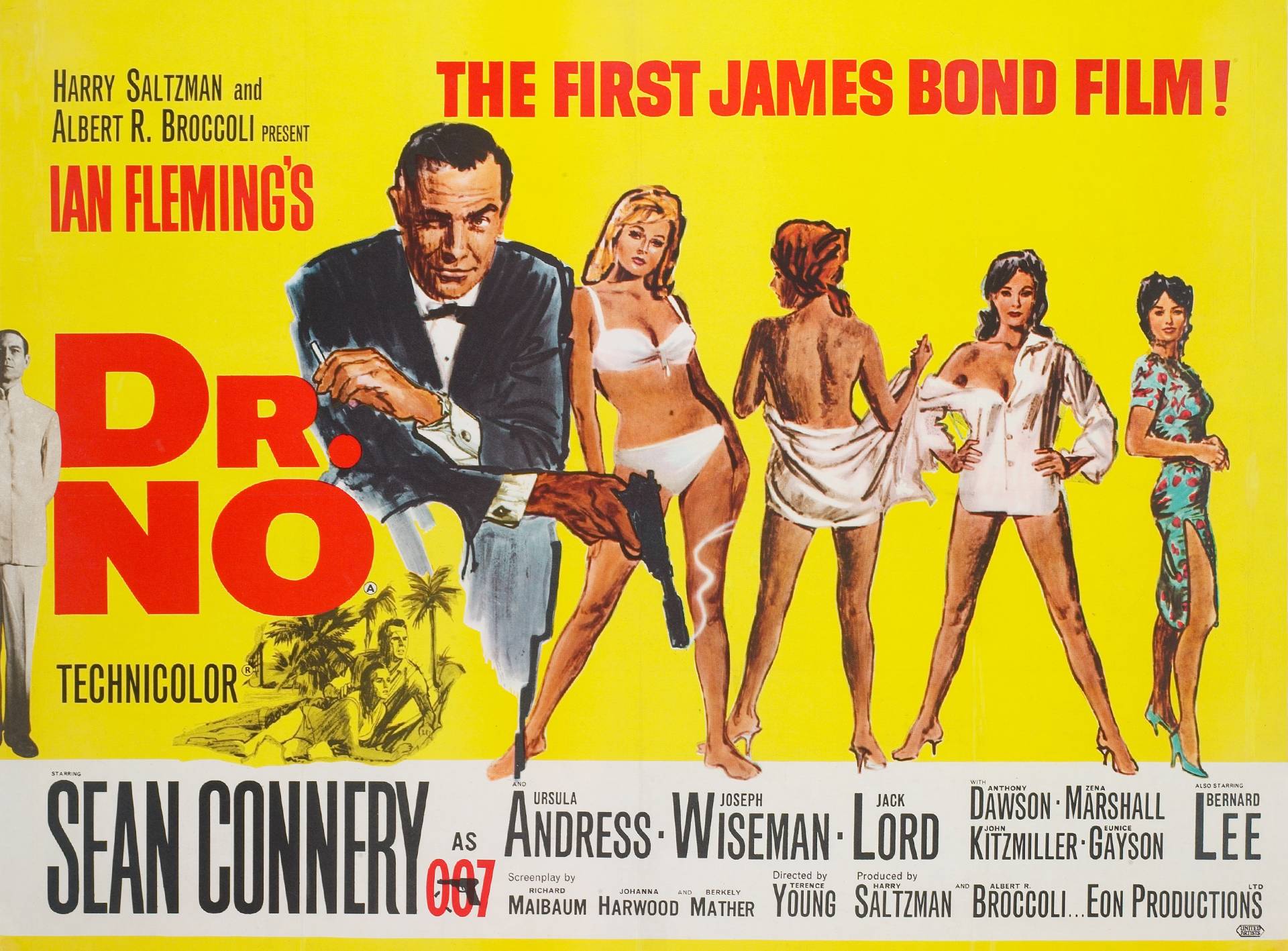
10 Interesting Facts and Figures About the Classic British Film: Dr. No (1962, Terence Young)
“Dr. No” marks the inception of the iconic James Bond film series, bringing Ian Fleming’s legendary character to the silver screen. Released in 1962, this classic British film introduced audiences to the glamorous yet dangerous world of 007. Below are ten fascinating facts and figures that highlight the film’s impact on cinema and its enduring legacy.
1. The First James Bond Film
“Dr. No” is the very first film in the James Bond series. It set the stage for a franchise that would ultimately include 25 official films, with “No Time to Die” being the latest at the time of writing.
2. Sean Connery’s Breakthrough Role
Sean Connery was cast as James Bond, a role that would define his career and become synonymous with his name. His portrayal was so compelling that it established the archetype for future actors taking on the role.
3. Filming Locations
The film was shot in various locations, primarily in Jamaica. Key scenes were filmed at the famous Pineapple Hill Estate, the underwater scenes took place in the Caribbean waters, and the film also featured the scenic landscapes of the island.
4. Budget and Box Office Success
With a modest budget of approximately £1 million, “Dr. No” earned over £59 million at the box office worldwide, making it a significant financial success and a catalyst for future Bond films.
5. Introduction of Iconic Characters
In “Dr. No,” we are introduced to several iconic characters, including the enigmatic villain Dr. No, portrayed by Joseph Wiseman, and the iconic Bond girl Honey Ryder, played by Ursula Andress, who made a lasting impression with her memorable introduction emerging from the sea.
6. The “Bond Theme”
The famous “James Bond Theme” was composed by Monty Norman and is one of the most recognizable pieces of film music. Its catchy melody has become a staple of the series and is often associated with action and espionage.
7. The Aston Martin DB5
Although the Aston Martin DB5 is not featured in “Dr. No,” the film did lay the groundwork for Bond’s affinity for luxury cars. The DB5 would make its first appearance in “Goldfinger” (1964) and become a symbol of the franchise.
8. The Influence of Ian Fleming
The film closely follows Ian Fleming’s 1958 novel “Dr. No,” which not only helped to establish the character of James Bond but also set the tone for future adaptations, blending thrilling espionage with sophisticated storytelling.
9. Cultural Impact
“Dr. No” had a significant cultural impact, influencing not only the spy genre but also fashion, music, and popular culture. It helped popularize the concept of the suave, sophisticated spy in cinema.
10. Awards and Recognition
While “Dr. No” did not win any Academy Awards, it was nominated for Best Sound and is often regarded as one of the greatest films in the spy genre. It earned a special place in film history and is frequently included in lists of the best films of all time.
Conclusion
“Dr. No” remains a landmark film in the history of cinema, introducing audiences to the thrilling world of James Bond. Its successful blend of action, intrigue, and charm has left an indelible mark on film and popular culture, ensuring that the legacy of 007 continues to captivate audiences around the globe. With its engaging characters, stunning locations, and unforgettable music, “Dr. No” is a classic that stands the test of time.
Discover more from Anglotees
Subscribe to get the latest posts sent to your email.
